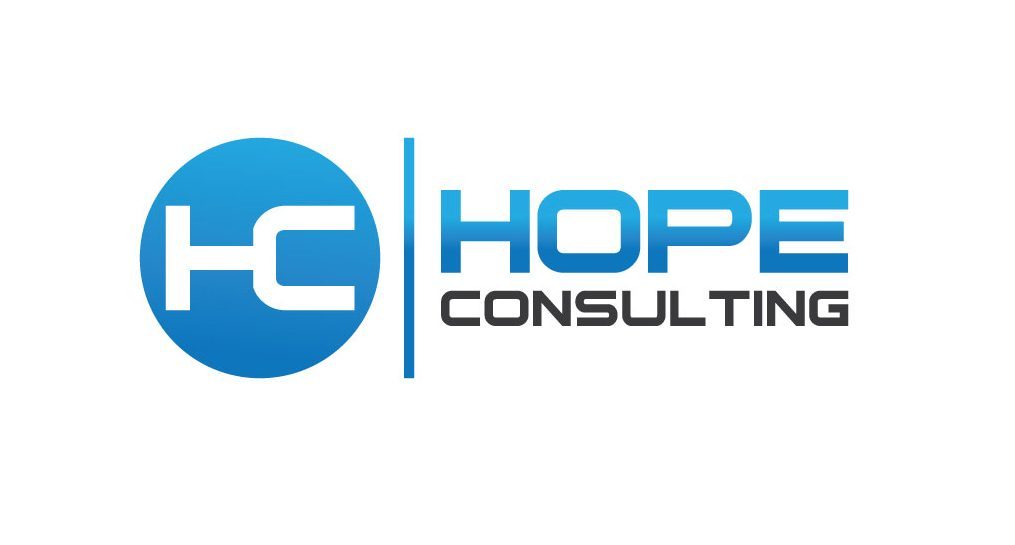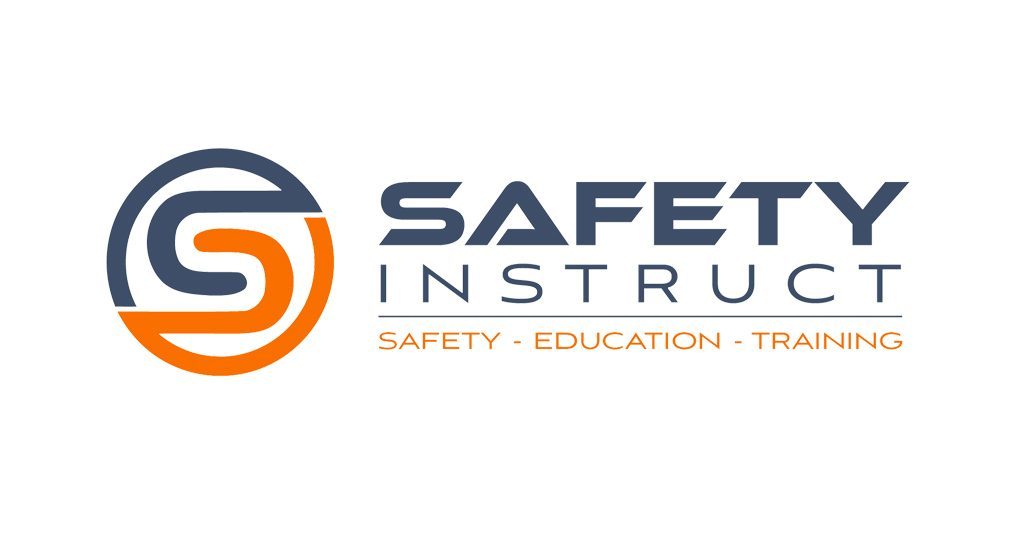HOP and the Arbor Industry
Build Your Industry's Reliability Safety Sustainability Employees
With Us!




Introduction
The arbor industry plays a critical role in maintaining the health and safety of trees and vegetation in our urban and natural environments. However, as with any high-risk industry, arborist operations are not immune to risks and challenges. To ensure safe and efficient operations, the industry must adopt a proactive and integrated approach to human performance management. Human and Organizational Performance (HOP) is a framework that aims to enhance safety, efficiency, resilience and reliability by examining how work is done and how people interact with the systems around them. In this white paper, we will explore how HOP can benefit the arbor industry, examine recent incidents that provide a case for adopting HOP principles and practices, and provide notable quotes from leading experts in the industry.
"HOP isn't about just managing human error; it's about understanding the human performance and improving systems to prevent that error from occurring in the first place."
- Tony Muschara

What is Human and Organizational Performance (HOP)?
HOP is a framework that seeks to improve safety, efficiency, resilience, and reliability by recognizing that humans are fallible, and errors are inevitable. Organizations can reduce the frequency and severity of errors by improving the way they manage their work systems and their people. HOP focuses on three key principles: systems thinking, risk management, and human performance.
How HOP Could Benefit the Arbor Industry
The arbor industry is highly complex and involves numerous stakeholders, including tree care professionals, tree owners, and municipal agencies. By adopting HOP principles and practices, the industry could benefit in several ways, including:
Safety is critical in the arbor industry, as it involves the lives of tree care professionals and the surrounding environment. By adopting a “systems thinking” approach, the industry could identify and address underlying systemic factors that contribute to accidents and incidents. By focusing on risk management, the industry could develop strategies to mitigate potential hazards and monitor the effectiveness of those strategies over time. By adopting a human performance approach, the industry could design work processes and systems that are more resilient and less prone to errors and accidents.
The arbor industry is highly competitive, and efficiency is critical to maintaining a competitive edge. By adopting HOP principles and practices, the industry could streamline its processes, reduce waste, and improve productivity. By focusing on human performance, the industry could design work processes and systems that are more intuitive, user-friendly, and less prone to errors and delays.
The Arbor industry operates in a complex and constantly evolving environment, and resilience is critical to adapting to changing circumstances. Resiliency enables organizations to bounce back from unexpected events and continue operations with minimal disruption. By adopting HOP principles and practices, the industry could build resilience in its workforce by providing workers with the necessary tools, training, and support to respond to unexpected events and adapt to changing circumstances which increases reliability.
"HOP is about understanding the complexity of work and how work is actually done, and that people are not the problem, they are the solution."
- Dr. Todd Conklin
Interested in discovering how we can help your organization's reliability?
Recent Incidents
The 2016 Berkeley Tree Trimming Accident
The 2017 Central Park Tree Falling Accident
The 2020 Oregon Wildfire
"HOP is about creating and sustaining resilient systems that can cope with the unexpected and can recover from setbacks."
- Dr. Erik Hollnagel
Accidents in the Arboriculture Industry
Accidents within the arboriculture industry are a prevalent concern and carry significant ramifications. In his article "Accidents in Arboriculture: What’s Happening & Why?" published in September 2004, Dr. John Ball examines the underlying factors leading to these incidents and offers insights into their origins. Despite the absence of deliberate intentions to encounter accidents, tree workers are confronted with an array of elements that give rise to mishaps within their line of work.
Dr. Ball emphasizes that accidents are not confined to any specific occupation and can happen unexpectedly. However, the unique characteristics of the tree care profession make it particularly susceptible to accidents. Tree work often involves an elevated work environment that inherently exposes workers to numerous opportunities for mishaps.
Although tree work was not ranked among the most dangerous jobs in certain official reports, Dr. Ball highlights that the industry's accident statistics are concerning. He points out that these statistics might be skewed since tree worker accidents are pooled within the broader category of Landscape and Horticultural Services for reporting purposes. When separated from this category, the fatality rate among arborists becomes notably higher than the industry average.
The most prevalent types of accidents in the arboriculture industry include transportation-related incidents, contact with falling objects (like branches and trees), falls, exposure to hazardous environments (particularly electric shock), and fire-related accidents. Dr. Ball explains that certain activities within tree care, such as repositioning during tree climbing and operating aerial lifts, pose greater risks than others.
In summary, accidents in the arboriculture industry are a result of various factors, including the inherent risks of working in an elevated work environment and the complex nature of tree care tasks. Dr. John Ball's insights and recommendations underscore the importance of consistent safety practices, vigilant hazard assessment, and continuous training to prevent accidents and protect the lives of workers in the industry.
"HOP requires resources and funding to be effective."
- Dr. Sidney Dekker

Conclusion
The arbor industry plays a critical role in maintaining healthy trees and vegetation in our urban and natural environments that are safe to be around. By adopting HOP principles and practices, the industry could enhance safety, improve efficiency, and build resilience in its workforce. Recent incidents have highlighted the need for the arbor industry to adopt a proactive and integrated approach to human performance management. Notable quotes from HOP leading experts support the adoption of HOP as a framework for continuous improvement and building a culture of safety and resilience. It is imperative that the arbor industry embrace HOP principles and practices to ensure safe and efficient operations for the benefit of all stakeholders.
Ronald (Ron) Farris is a recognized expert in the field of Human and Organizational Performance (HOP) and High Reliability Operations (HRO) and the co-author of the book Critical Steps: Managing What Must Go Right in High-Risk Operations. With over 40 years of experience in high-reliability industries, Ron has worked with a variety of high-risk industries from around the world to improve safety, efficiency, and resilience by adopting HOP and HRO principles and practices.
Rey Gonzalez is a recognized expert in the field of Human and Organizational Performance (HOP) and High Reliability Operations (HRO) and the author of the book Coaching to Enhance Performance: How Successful Leaders Create Sustainability Differently. With over 40 years of experience in high-reliability industries, Rey has worked with a variety of high-risk industries to improve safety, efficiency, resilience, and reliability by adopting HOP and HRO principles and practices.
Muschara, R. Farris, J. Marinus. (2022) Critical Steps: Managing What Must Go Right. CRC Press. https://www.criticalstep.com/
Muschara (2017) Risk-Based Thinking: Managing the Uncertainty of Human Error in Operations. Routledge. https://www.riskbasedthinking.com/
International Society of Arboriculture. (2020). John Smith: Safety, professionalism keys to growing industry. Arborist News, 29(6), 34-35.
J Ball (September 2004) Accidents in Arboriculture: What’s Happening & Why? Retrieved from:https://allabouttrees.com/wp-content/uploads/guides/safety/Accidents_in_Arboriculture.pdf
“In the world of HOP, we often ask what is the worst thing that can happen? The possible combination of actions and decisions that lead to failure are infinite, however, the combination of actions and decisions that lead to success are finite, those things that must go right. The right question's are, What must go right? If it does not, who will do what when (not if) it goes wrong?”
– Ron Farris
Interested in discovering how we can help your organization's reliability?
Discover how we can solve your employee challenges.
Assessment
Training
Data Management
Sustainability
Premium Services
What We Do
High Reliability Training was formed because of lack of quality online and video-based curriculum in the areas of Human and Organizational Performance (HOP) and High Reliability Operations (HRO).






